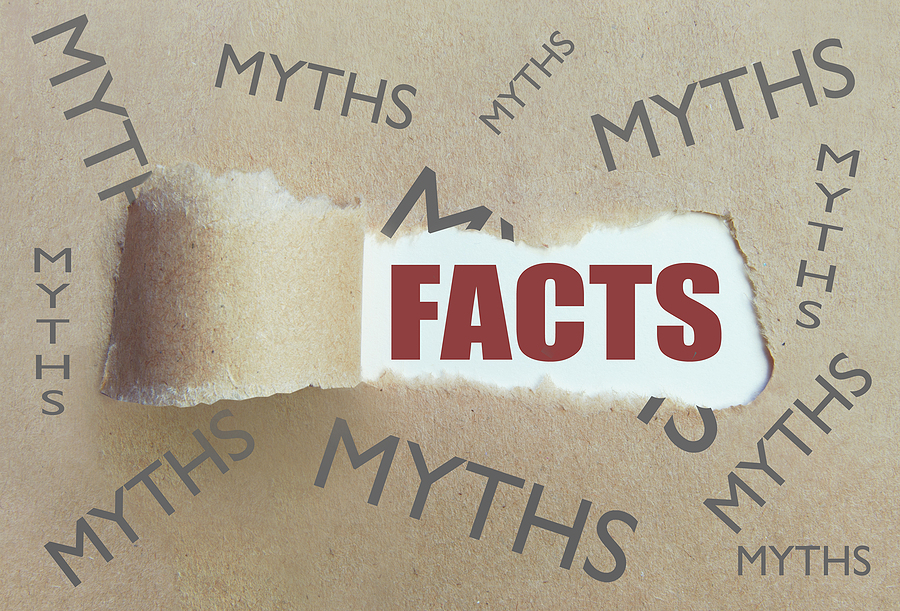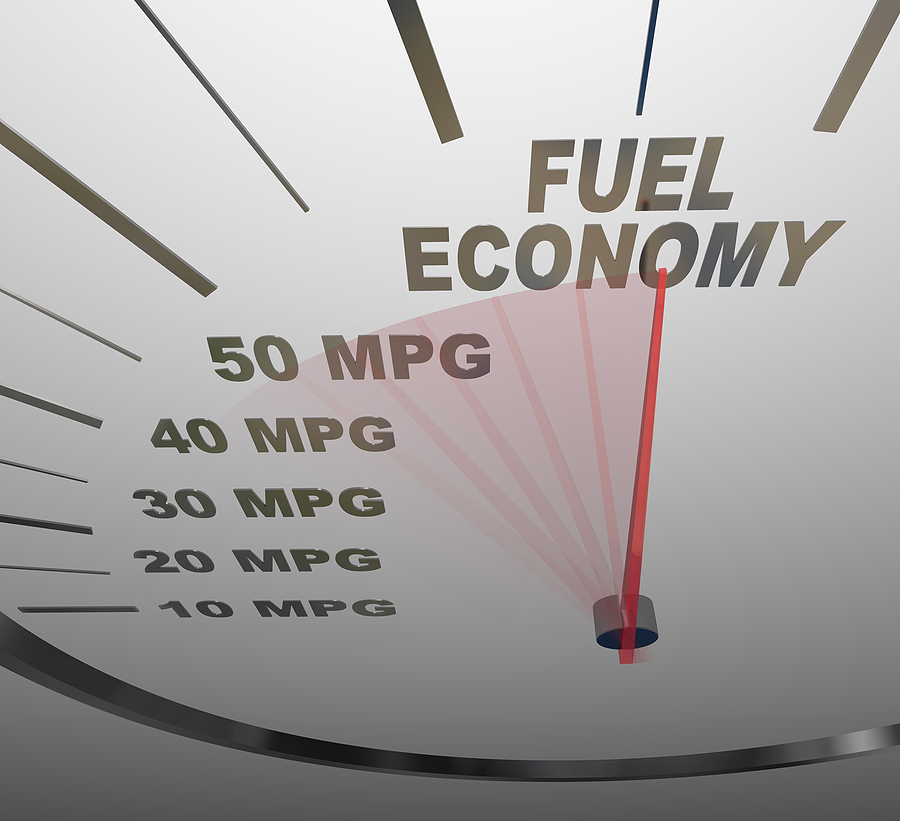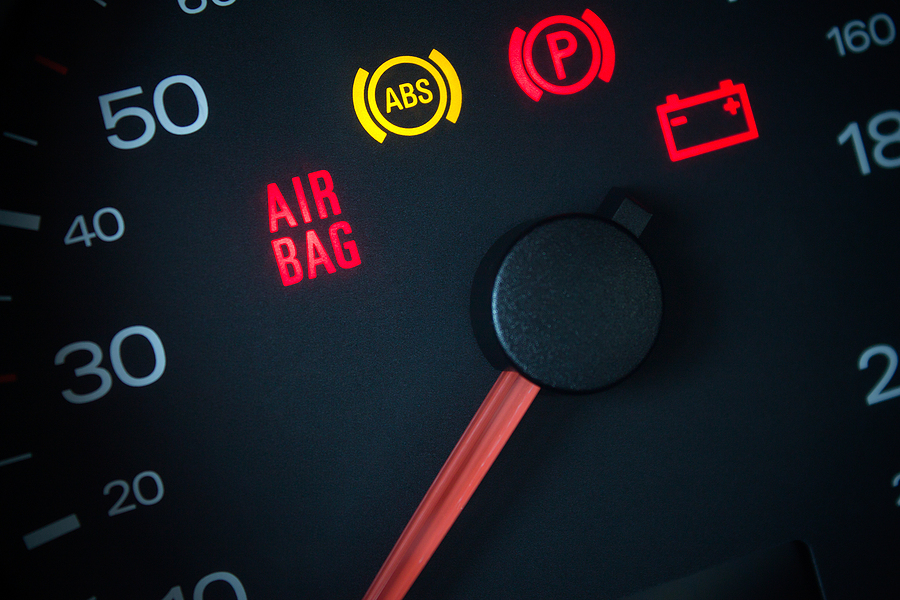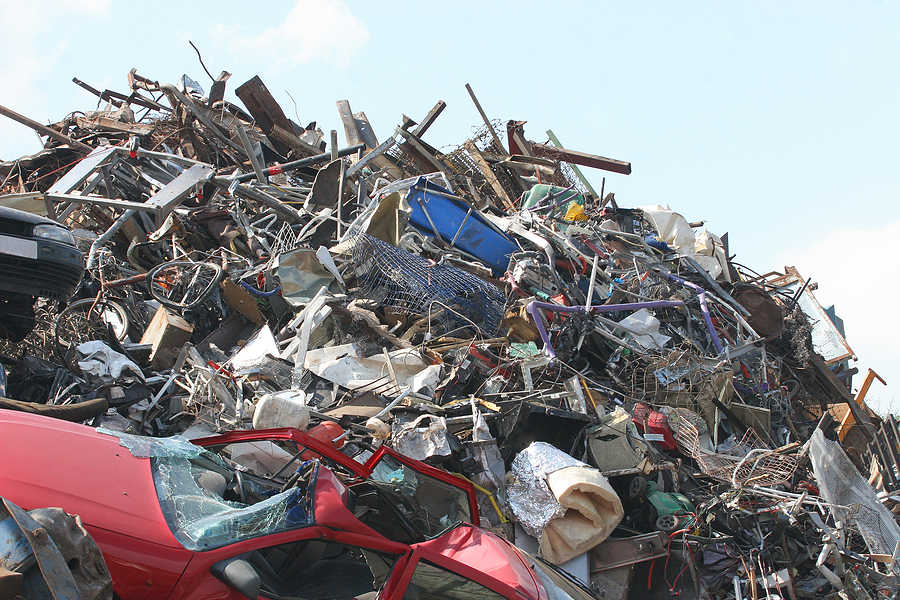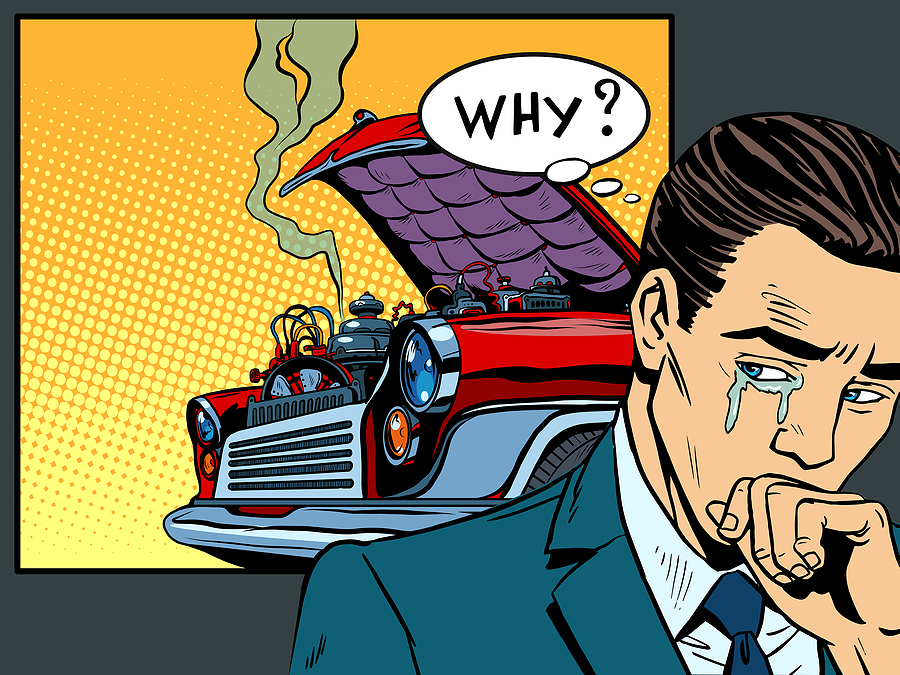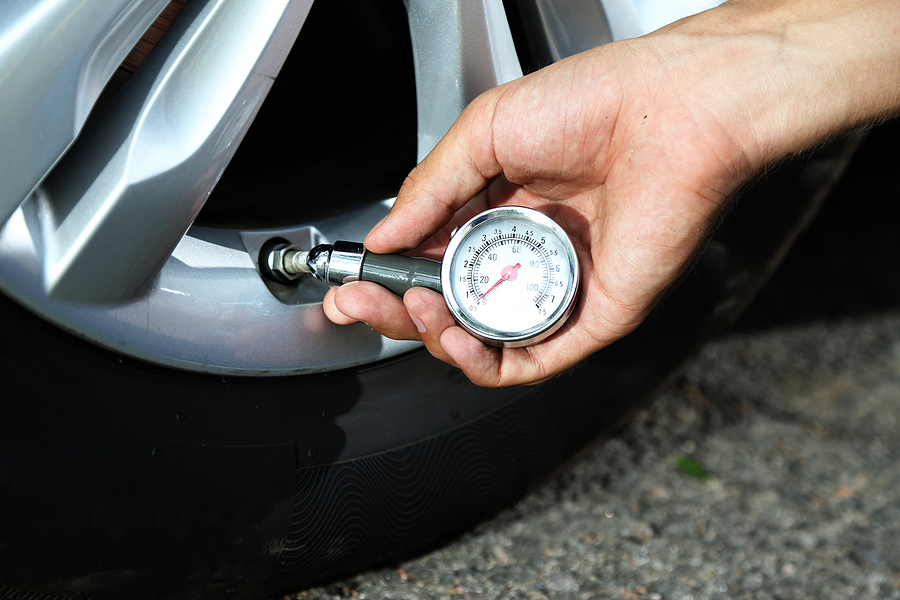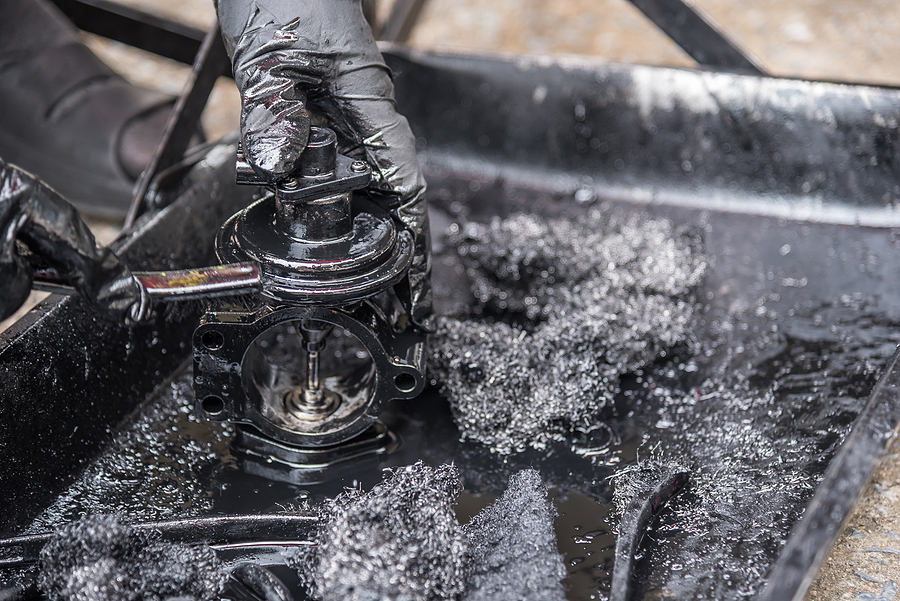That old car sitting in your driveway or garage holds memories. Maybe it was your first car, or the one you brought your kids home in. It’s understandable to feel attached, but holding onto a vehicle that no longer serves you can create more problems than it solves. Selling your junk car might be a smarter financial and practical decision.
Deciding to part with an old vehicle can be tough. It often represents a significant investment of time and money. However, a car that has reached the end of its useful life can quickly become a financial drain and a physical burden. Recognizing the signs that it’s time to let go can help you make a clear-headed choice, freeing up cash, space, and peace of mind.
This guide will walk you through five key indicators that it’s time to sell your junk car. We’ll explore the financial, environmental, and personal benefits of moving on and provide actionable steps for how to do it.
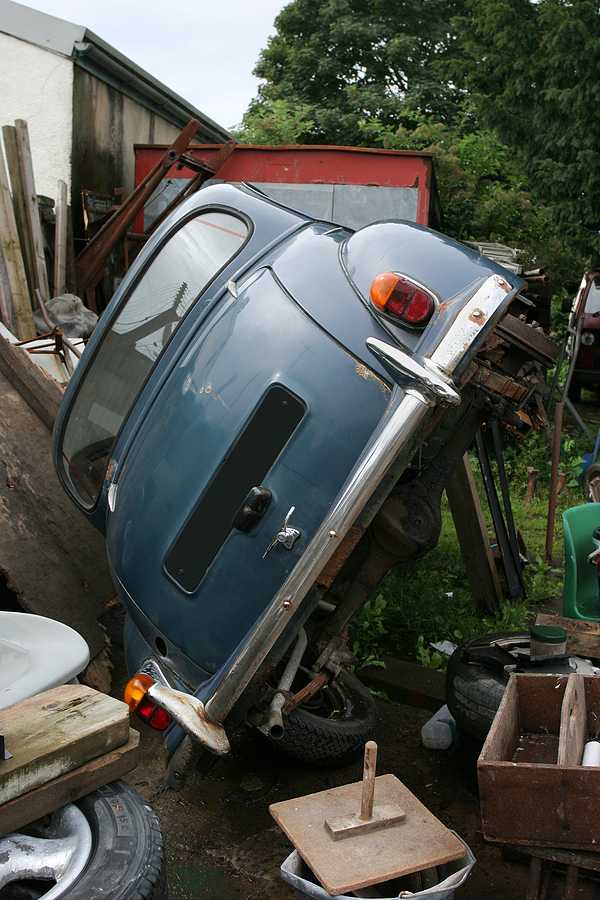
Top 5 Signs That Suggest it is Time to Scrap That Car
1. Your Car Needs Frequent, Costly Repairs
One of the most obvious signs that it’s time to part with your car is when repair bills start piling up. A vehicle that constantly needs fixing can quickly turn into a money pit, draining your bank account with no end in sight.
Think about this common scenario: you spend $800 to fix a transmission issue, only for the brakes to fail a month later. When the cost of repairs begins to approach or exceed your car’s actual junk car value, you are fighting a losing battle. Instead of pouring more money into a depreciating asset, selling it could provide you with cash to put toward a more reliable vehicle.
Continuing to repair an old car often provides only a temporary fix. Underlying issues can lead to a domino effect of mechanical failures. Before you authorize another expensive repair, calculate the total costs over the last year. If that number is surprisingly high, it’s a strong signal that it’s time for junk car removal.
2. It’s an Eyesore and a Neighborhood Concern
An old, rusting car doesn’t just take up space; it can become a significant eyesore on your property. What might start as a minor inconvenience can quickly escalate into a larger problem, affecting your home’s curb appeal and even your relationship with your neighbors.
Many municipalities have ordinances against keeping inoperable or unsightly vehicles parked on residential streets or even in private driveways. It’s not uncommon for homeowners to receive warning letters from the city or a homeowners’ association, demanding the vehicle be moved or repaired. These notices can come with deadlines and the threat of fines, adding legal pressure to an already stressful situation.
Beyond potential legal issues, a junk car can attract pests and become a safety hazard, especially for children who might see it as a plaything. If your old car is causing complaints or creating tension in your neighborhood, selling it to a car scrapping service is a simple solution.
3. You’re Paying More in Insurance Than It’s Worth
Car insurance is a necessary expense for any roadworthy vehicle, but it becomes a questionable cost for a car that rarely leaves the driveway. If your vehicle is sitting idle, you might still be paying monthly premiums for insurance you don’t truly need.
Consider this situation: your annual insurance premium is $600, but the car’s private sale value is only $400. In this case, you are spending more to insure the car than it is actually worth. Even with minimum liability coverage, the costs add up over time for a vehicle that provides no functional benefit.
While some classic cars may warrant storage insurance, a standard junk car does not. Canceling the insurance and registration on an unused vehicle can save you hundreds of dollars a year. That money could be better used elsewhere, and selling the car removes this unnecessary financial burden altogether.
Learn How Our Junk Car Selling Process Works ✨
4. Your Car Has a Significant Environmental Impact
Older vehicles, especially those that are no longer in good working order, can pose a serious threat to the environment. As a car deteriorates, it can leak toxic fluids and release harmful materials into the surrounding area.
Fluids like oil, antifreeze, and transmission fluid can seep from a stationary vehicle into the ground. These chemicals can contaminate the soil and eventually make their way into local water sources, harming wildlife and posing risks to public health. Additionally, rusting metal parts can break off and litter your property, creating physical hazards.
Reputable junk car buyers and car scrapping facilities follow strict environmental regulations. They are equipped to safely drain all hazardous fluids and properly recycle scrap car parts. By choosing professional junk car removal, you ensure your vehicle is disposed of responsibly, minimizing its environmental footprint and protecting your local ecosystem.
5. You Need the Extra Cash and Space
Sometimes, the most compelling reason to sell your junk car is the simplest one: you could use the extra cash and space. An unused vehicle is a dormant asset, and unlocking its value can provide a welcome financial boost and open up new possibilities for your property.
Imagine what you could do with the money from selling your junk car. That extra cash could help fund a much-needed family vacation, go toward a home improvement project like a new patio, or simply pad your emergency savings account. In a time when every dollar counts, getting paid for something that is just sitting around is a smart move.
Reclaiming the space your junk car occupies can be just as valuable. A cleared-out garage could become a workshop or a home gym. An empty spot in the driveway makes parking easier for your family and guests. Freeing up that space can declutter your property and your mind, giving you a fresh start.
How to Sell Your Junk Car
Once you’ve decided to sell, the process is straightforward if you work with the right junk car buyers. Here are the basic steps:
- Gather Your Documents: Locate the vehicle’s title and your personal identification. Having these ready will streamline the sale.
- Get a Junk Car Quote: Contact reputable junk car removal services for an offer. Many provide instant quotes online or over the phone based on your car’s make, model, year, and condition.
- Schedule a Pickup: Once you accept an offer, the buyer will schedule a time for free junk car towing. They will come to your location to pick up the vehicle, often within a day or two.
- Complete the Paperwork & Get Paid: During the pickup, you will sign over the title. Ensure you get a receipt for the transaction. The buyer will then pay you the agreed-upon amount in cash.
Always verify that the buyer is a licensed and reputable service. This protects you from future liabilities and ensures the car is handled according to legal and environmental standards.
Reclaim Your Space and Boost Your Finances
Letting go of an old car can be a difficult decision, but the benefits often far outweigh the sentimental attachment. Selling your junk car frees you from the burden of costly repairs, neighborhood complaints, and unnecessary insurance payments. It’s an environmentally responsible choice that also provides you with extra cash and valuable space.
If you recognize any of these signs, it’s time to take the next step. Discover your junk car value today and see how easy it can be to turn your old vehicle into a new opportunity.
Related Post: How Do I Know If My Car is Totaled?

